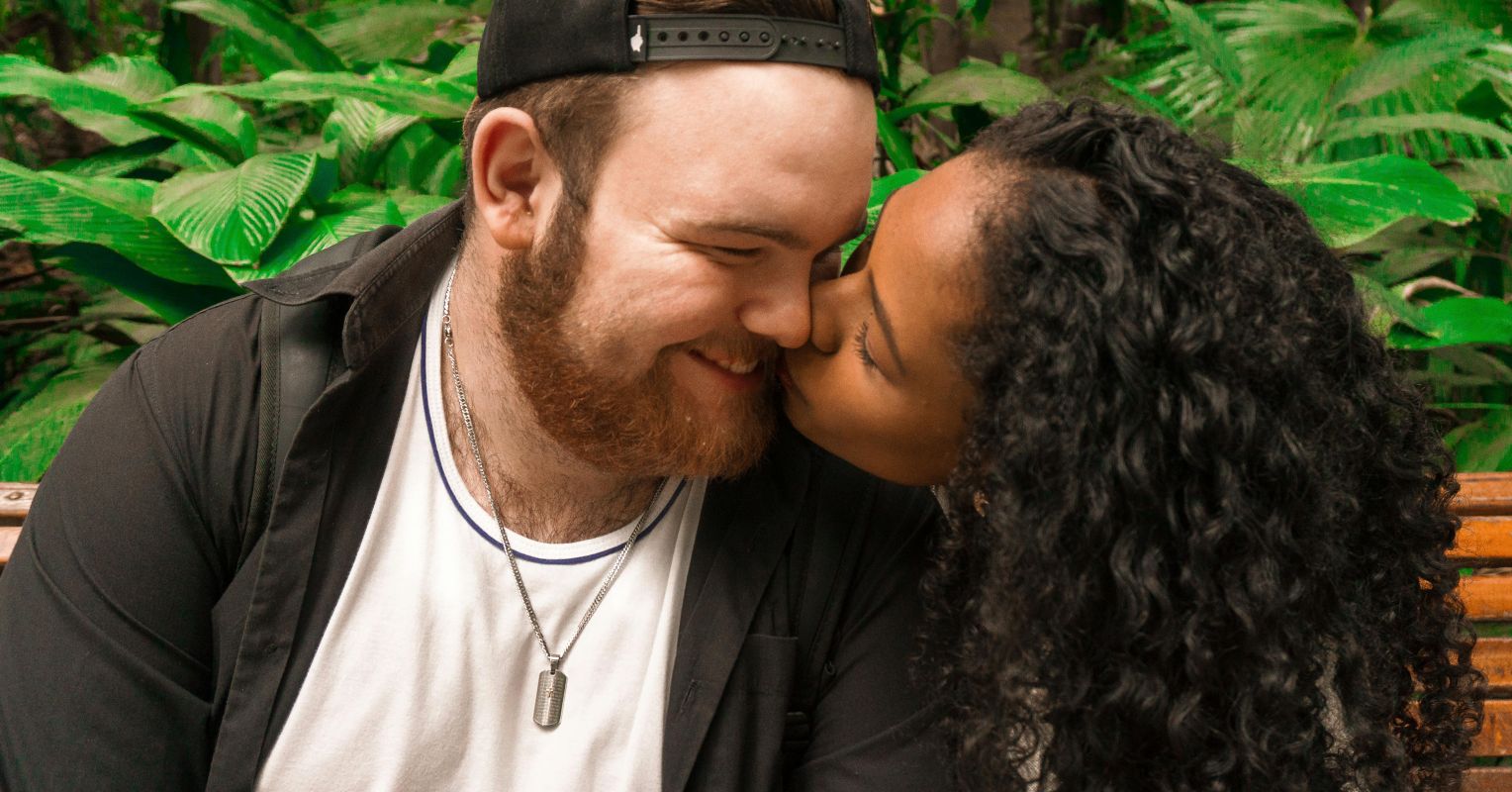
Confusing, frustrating, anxiety-inducing—call it what you want, but hanging out in the tenuous space between singlehood and partnered isn’t easy. When something seems to be starting, how do you know if you’re headed toward a full-fledged romantic relationship or if you’re poised to remain in non-labeled territory?
Are you falling in love or falling into a situationship?
A Situationship Captures a Non-Relationship Relationship
The term situationship first emerged when writer Carina Hsieh used it to describe a “hookup with emotional benefits” in 2017. While some essence of Hsieh’s definition persists, the trending term gets its appeal from its ability to label something that isn’t a relationship but also isn’t nothing. Situationship fills the gap.
Think about the word situationship itself. Because it builds from “situation,” it suggests context dependence, as though people keep finding themselves together in certain circumstances without intentionally choosing to be with each other. This differs from relationships, which transcend one context (partners influence each other across areas of life) and are grounded in intentionality (“I choose you.”).
The word situationship also seems to acknowledge that there’s a “thing” going on, but it’s not desired enough, meaningful enough, or certain enough to be called a relationship. It’s an unclear situation people find themselves in, not a relationship that they are purposefully building. The word situationship captures an ongoing attraction that they cannot or will not label as a relationship.
Reasons to Avoid the Relationship Label
When you’re with someone, why not call it a relationship? Some people eschew relationship labels because they have no interest in outsider’s judgments. For these people, being “us” is something only “we” define and if they’re happy, that’s all that matters. These people don’t want a label to define any aspect of what they have.
Other people avoid labels so that they won’t be subject to the behavioral expectations that come with labeled relationships. It’s easier to ignore Valentine’s Day or go solo to a friend’s wedding when the person you’re spending time with isn’t expecting you to do otherwise.
Some people want a degree of a relationship, but they don’t want a full-fledged relationship. They want freedom. By avoiding the label relationship and falling into the category of situationship, they avoid stepping into something more than they are willing to do.
Situationships Lack Key Relationship Features
Traditional romantic relationships include emotional intimacy, sexual activity, and commitment. They also require ongoing work to maintain them and cause considerable heartbreak if they dissolve. What about situationships?
Dr. Mickey Langlais and collaborators (2024) recently examined how situationships and relationships differ. Their work included two studies that employed mixed methods (both interviews and surveys) and involved nearly 300 participants (28 interviews, 261 survey respondents). Their research identifies the kinds of experiences people associate with situationships, adding critical new insight into the current field of relationships science.
First, when it comes to engaging in affection, sexual behaviors, and communication, situationships do not differ from relationships (Langlais and colleagues, 2024). This is a fascinating discovery because it helps explain how confusing it can be for people who are becoming close to someone else. When situationships mirror relationships in these fundamental ways, no wonder people sometimes don’t know where they stand.
But, situationships also differ from relationships. For example, compared to relationships, people experience situationships as:
- Less likely to involve formal dating or gift-giving
- Less likely to involve meeting family or talking about the future
- More likely to create feelings of jealousy and doubt
- More likely to be on-again, off-again
- And more likely to end with ghosting or fading away.
At the forefront, situationships involve less commitment than relationships (Langlois et al., 2024). This difference is critical: even if they are not distinguished by emotional connection or sexual activity, they are clearly distinct when it comes to commitment. Whereas situationships provide a lack of clarity, relationships often come with promises and a future orientation.
Situationships Disguise Themselves as Fledgling Relationships
How do you know if a new “something” will become a “relationship” or remain a “situationship”? Unfortunately, both the early stages of relationship development and situationships include uncertainty. Indeed, being vulnerable, taking risks, and living in uncertainty is a necessary step in transitioning from singlehood to a relationship.
What differentiates situationships and early-stage relationships is their future trajectory. Whereas situationships will stagnate, early-stage relationships will deepen, with partners experiencing increases in commitment and interdependency.
One factor that may explain why people stall in situationships is relationship readiness. Relationship readiness refers to an intention or desire to enter into a relationship (Hadden and colleagues, 2018). If readiness is low and you’re able to experience affection, sexual intimacy, and some emotional connection without commitment, why change your status? A main reason situationships end is from an asymmetry in desire for commitment—different relationship readiness. If you’re in a situationship and want more, your partner’s relationship readiness might help you decide whether to stay or move on.
